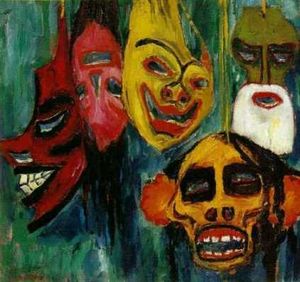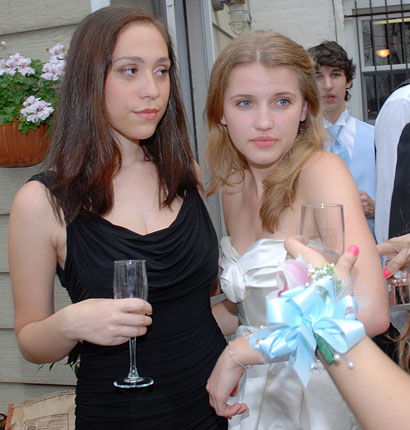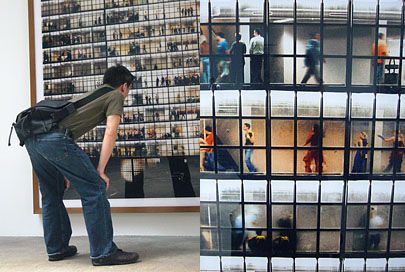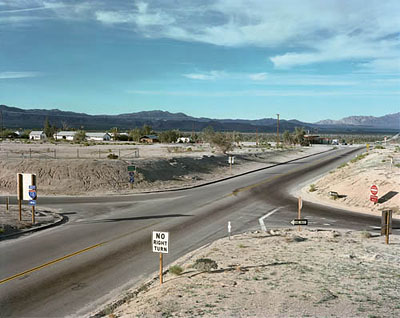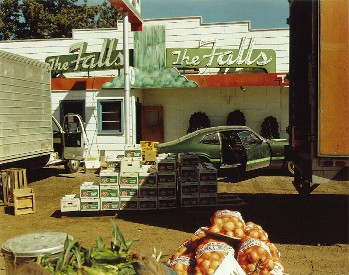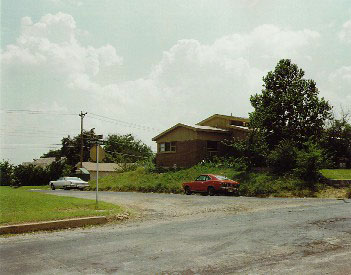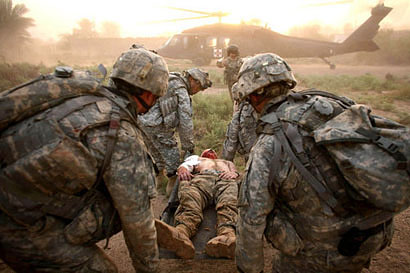 Michael Kamber
Michael KamberThis story is not new, but it bears telling over & over. It was 1st told by
Michael Shaw at the Huffington Post. I got it from
Tim Atherton at Muse-ings.
Michael Kamber is a photojournalist who has covered conflicts all over the world. He keeps going back to Iraq, where he has worked mostly for the
New York Times and produced a number of front page photos. In May he was embedded with the U.S. 10th Mountain Division & accompanied a patrol in search of missing American soldiers. The patrol ran into an IED & one American soldier was killed, 3 Americans and 1 Iraqi wounded.
Kamber told the story of the attack, evacuation & aftermath in pictures.
This is one of the most powerful series of photos you'll ever see.Soon after the pictures ran, Kamber wrote the following from Baghdad:
"The embed restrictions have tightened up considerably since I was last here. You now need written permission from a wounded soldier to publish his photo if he is in any way identifiable. and even if his face is not visible. If unit insignias or faces of others soldiers are visible, that also disqualifies a photo from being used, according to one of the highest-ranking PAO's [Public Affairs Officer] in Iraq. As I'm told, the wounded man's family can figure out who he is from the other people in the picture.
I was on an operation last week that suffered five casualties including one KIA. One soldier was temporarily blinded and put on a plane to germany. Should I have asked him to sign a piece of paper giving permission to use pictures he can't see as he's lying on a stretcher in great pain?
When I was here in '03 and '04, the military was much more welcoming. I was invited to shoot memorials (now off limits) and when I embedded with the 1st Cav, they just invited me out. No papers to sign, no written conditions. They just asked that I show respect for the soldiers if they were killed, which I would do anyway.
Now there all these new restrictions make it nearly impossible to shoot the dead and wounded. They say it is for the soldiers protection. but the soldiers in the unit I was with -- the one that took the casualties -- loved our story and photos, thanked me and asked me for copies. The grandfather of the most seriously wounded soldier recently tracked me down demanding copies and saying the photos were crucial to his grandson's recovery.
I seriously question who these restrictions are for.
One journalist asked whether being wounded takes away your right to privacy. Actually, it does in my opinion. You're involved in a very public event, the largest war for the US since Vietnam. When you enlist and go into a war zone with journalists around, with historical consequences, you can not then claim that what happens is a private affair.
The question I pose is: What would have happened to our visual history if Robert Capa and Gene Smith were running around the battlefield during WWII trying to get releases signed as they worked? What if this had been required in Vietnam? Or any war?"
The Bush administration doesn't want you to see this war. Never mind that Kamber's photos show the soldier's courage & humanity -- their fearful sacrifices -- as well as these things could ever be shown. Bush & his creatures don't really care about that, though they love to get all misty-eyed talking about it. What they really want is for you to go on shopping & forget about the whole ugly mess.
Kamber came to speak to a college class
Mel Rosenthal & I co-taught a couple years ago. Kamber is a quiet, unpretentious guy. Somebody asked him about tips for shooting in wars & other scary situations. He said, Keep your camera turned on. He wasn't kidding. He very seriously told us that when the action starts, everything is reaction & instinct. He can't be sure he'll have the presence of mind to figure out why his camera's not on. He told us another amazing thing. Shooting in Iraq, he makes $250 a day, can't get insurance of any kind. When he shoots for the
New York Times, they own everything, lock, stock & barrel forever (to be legally correct I should have credited the photo above,
Michael Kamber for the New York Times).
So why does Kamber do it? He's a sophisticated guy & quite capable of engaging in a lively discussion of truth & photography, but he made it clear to our class that for him this work is about witnessing -- pure & simple. He wants to show you what he saw as accurately as he can because he believes it will make a difference.
He should have the right to do that.


